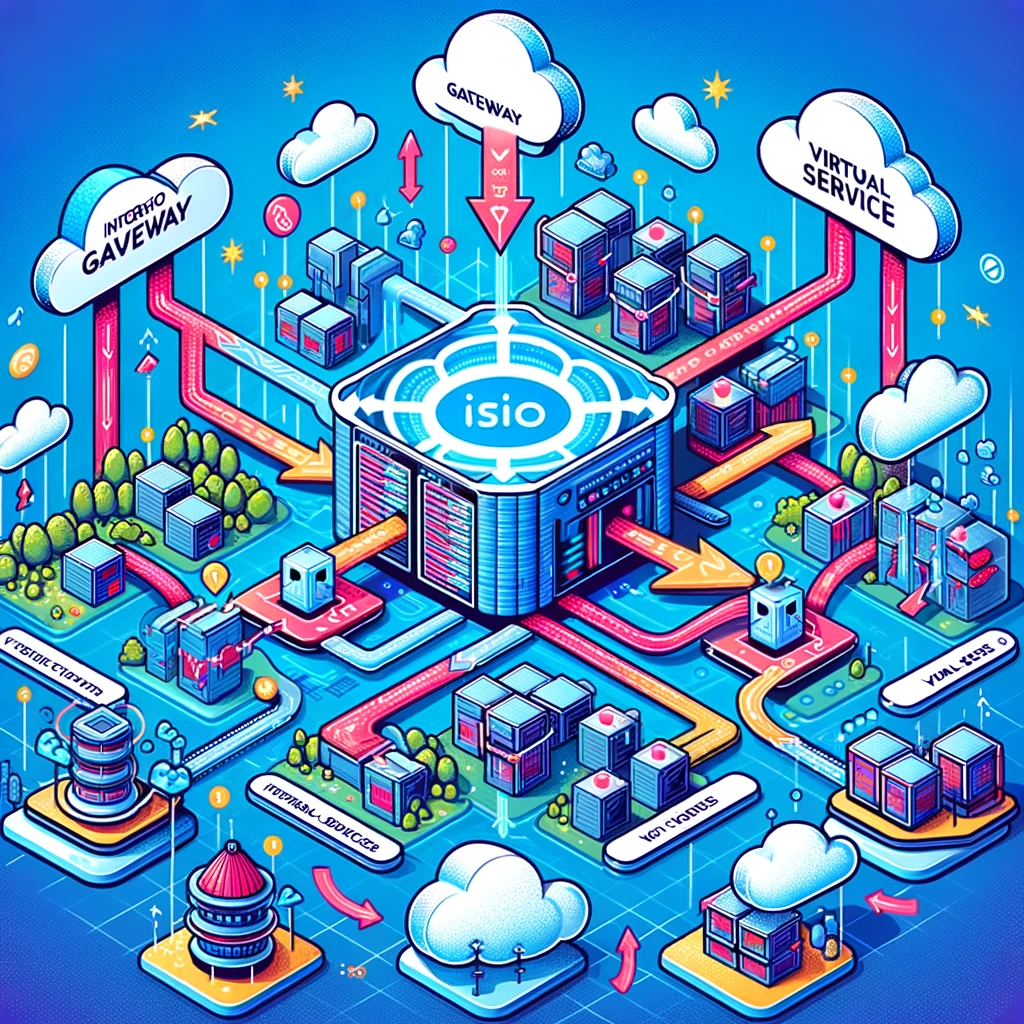Enhancing Digital Security with Certification Pinning
Welcome back to Continuous Improvement. I'm Victor Leung, and in today's episode, we're delving deep into a crucial topic in digital security: certification pinning. As we rely more on online communications, understanding and implementing robust security measures becomes paramount. Today, we'll break down what certification pinning is, how it works, and why it's so vital for protecting our data from increasingly sophisticated cyber threats.
Let's start with the basics. Certification pinning, often referred to as SSL pinning, is a technique where an application specifies which certificate authorities, or CAs, are allowed to certify its servers. This means rather than trusting any certificate signed by a trusted CA, the app will only accept certificates that match those it has specifically pinned.
How does this actually work? Imagine you're embedding a specific key into a lock—you're the only one who has the matching key, making it nearly impossible for someone else to unlock it without your permission. Here’s how certification pinning mirrors this:
- Initialization: Developers hardcode the expected server certificate or its public key right into the application’s code.
- Connection: When you connect to a server, your app checks the server’s SSL certificate against this hardcoded information.
- Verification: It compares the received certificate’s public key with what’s pinned in the app.
- Validation: If everything matches, the connection proceeds; if not, it’s immediately dropped, protecting you from potentially malicious interceptions.
The importance of certification pinning cannot be overstated. It's your first line of defense against man-in-the-middle attacks, where attackers intercept and potentially alter the data sent between you and the server. By pinning certificates, apps ensure that they are communicating directly with the intended server and not an imposter.
Despite its benefits, certification pinning comes with challenges. The biggest is maintenance. If the server’s certificate changes, the app needs to be updated with the new pin. There’s also the risk of reducing flexibility in how certificates are managed and potentially blocking legitimate connections if not implemented correctly.
So, what's the bottom line? Certification pinning is a powerful tool in the cybersecurity toolkit. It enhances the security of communications by ensuring that data is sent and received as intended, without interference. However, like any security measure, it needs to be implemented thoughtfully and maintained diligently to be effective.
That wraps up our exploration of certification pinning. Whether you're a developer looking to secure your application or just someone interested in the inner workings of digital security, understanding certification pinning is crucial in this digital age. Thanks for tuning into Continuous Improvement. Join us next time as we continue to explore the technologies and strategies that keep our digital world running smoothly. I’m Victor Leung, encouraging you to stay curious, stay informed, and keep improving.



